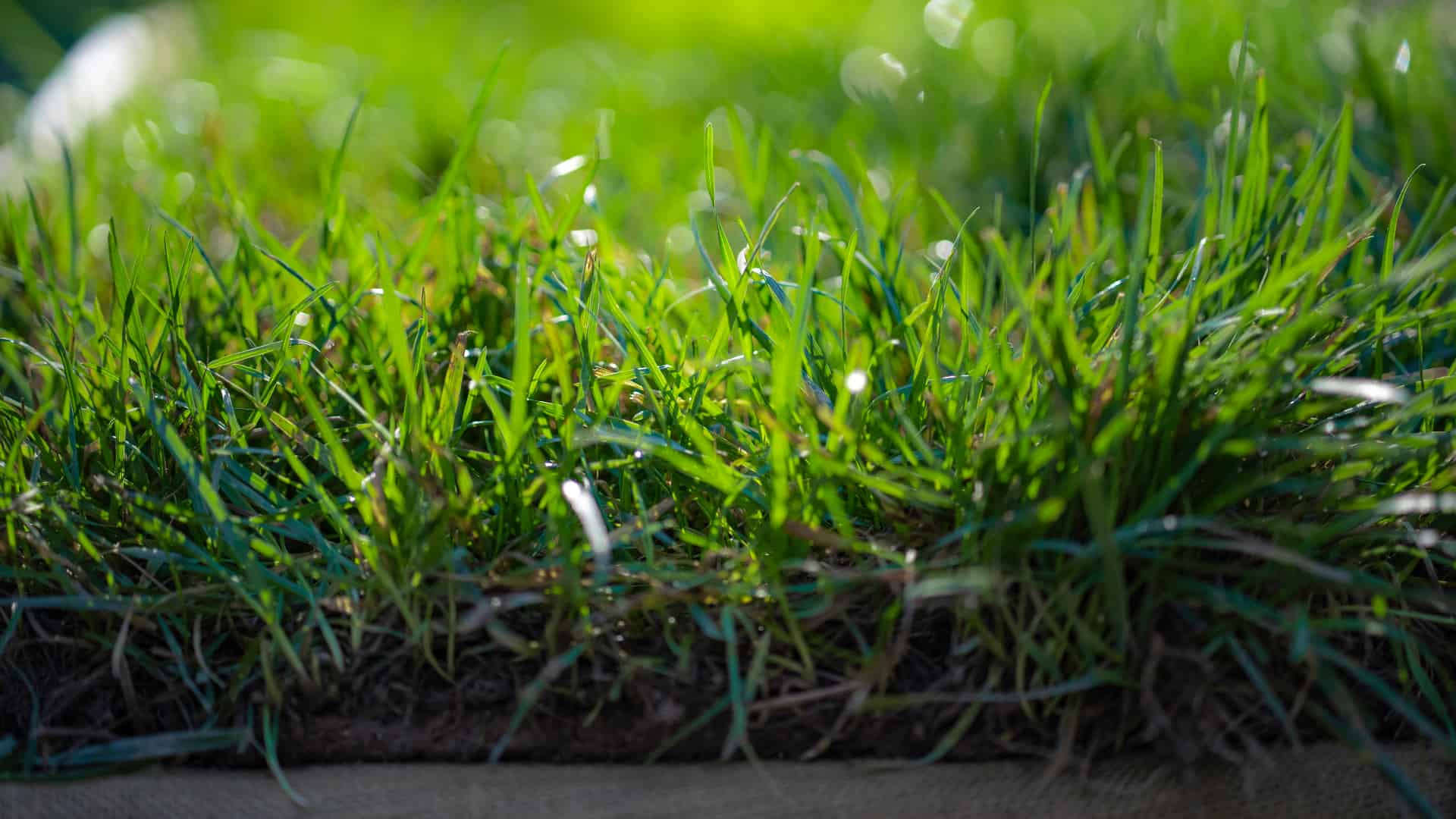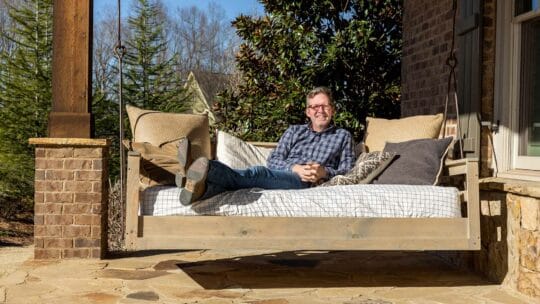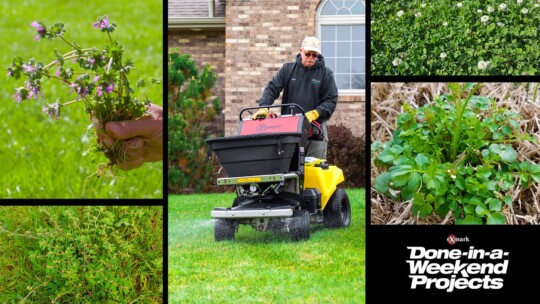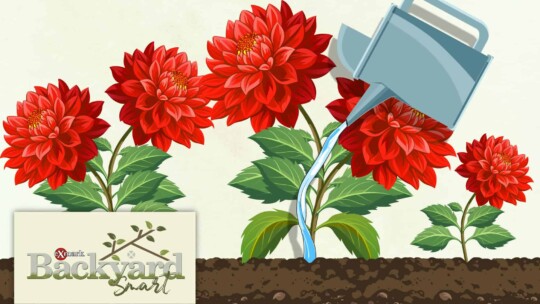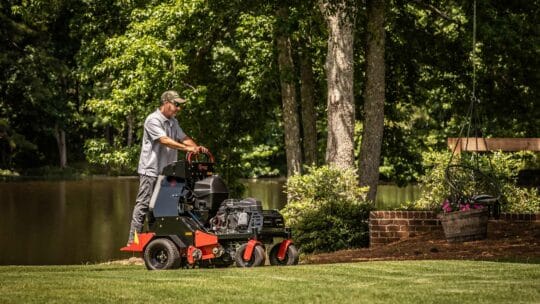
How to Choose the Best Grass Type for Your Yard
You can have a lush, beautiful lawn practically anywhere you live . . . As long as you select the right type of grass. In this Backyard Life video, landscape designer and Done-In-A-Weekend Projects host Doug Scott discusses the different kinds of lawn grass to help you choose the best grass type suited for your yard.
Picking the right grass does more than optimizing the chances of your yard looking good. It also helps you do what you want to do outside at home . . . While minimizing the amount of time, effort, and money spent maintaining your lawn. And, who doesn’t want that?
Download a seasonal lawn care maintenance schedule by grass type.
Turfgrass Types
Doug begins by discussing the two turfgrass types which are categorized by climate: cool-season grasses and warm-season grasses.
- Cool-season grasses grow best in temperatures that fall between 60° and 70°, and include grasses like fescue, Kentucky bluegrass and rye.
- Warm-season grasses grow best in hot temperatures that reach 80-95°, and include grasses like zoysia, St. Augustine, bahiagrass, centipede and Bermuda.
To determine the best grass to plant where you live, check out this climate-zone grass map here.
In addition to the specific climate you live in, Doug discusses other conditions you should consider when determining the best grass to plant—and likely the easiest grass to grow—in your yard.
- Shade/sun exposure
- Water requirements (or drought tolerance)
- Usage (what your lawn will be used for and how much)
- Maintenance requirements
- Cost
Doug ends the video with a few helpful insights that will hopefully whet your grass-choosing whistle:
- If you experience cool nights and plenty of rain, fescue or Kentucky bluegrass might be the best grass for you. But, if you live in a hot, arid part of the country, drought-tolerant Bermuda or Buffalo grass might be wise choices.
- Warm-season grasses are considered to be easier to maintain. They stand up to activity better and, generally speaking, require less watering.
- Cool-season grasses normally cost less to install because you have the option to overseed. However, a cool-season lawn typically costs more to maintain because you have to aerate and overseed it every year—and, you’ll probably have to contend with weeds and disease more than you would with a warm-season lawn.
Now that you’ve learned more about the best grass type for your lawn you may also find these videos helpful:

